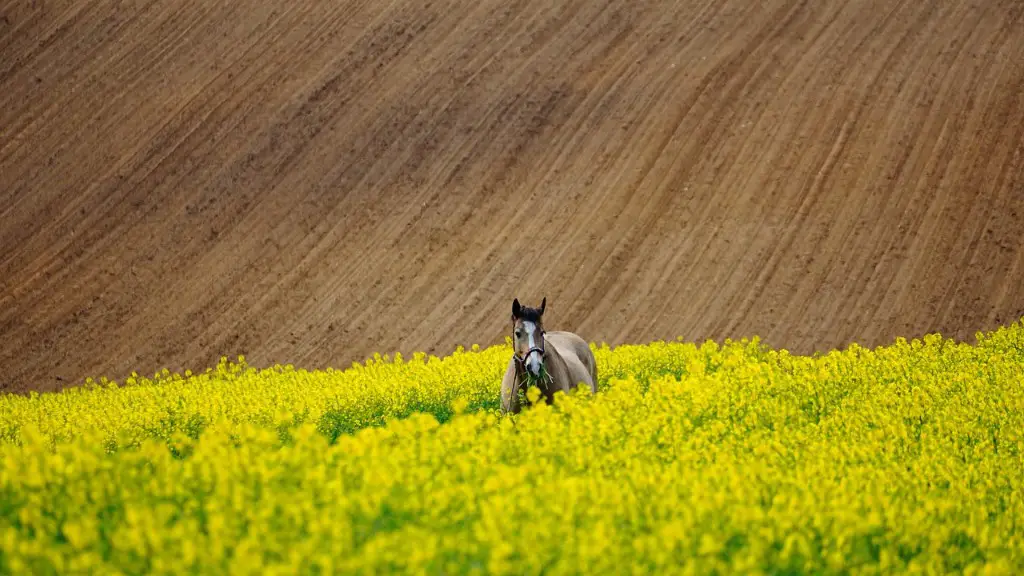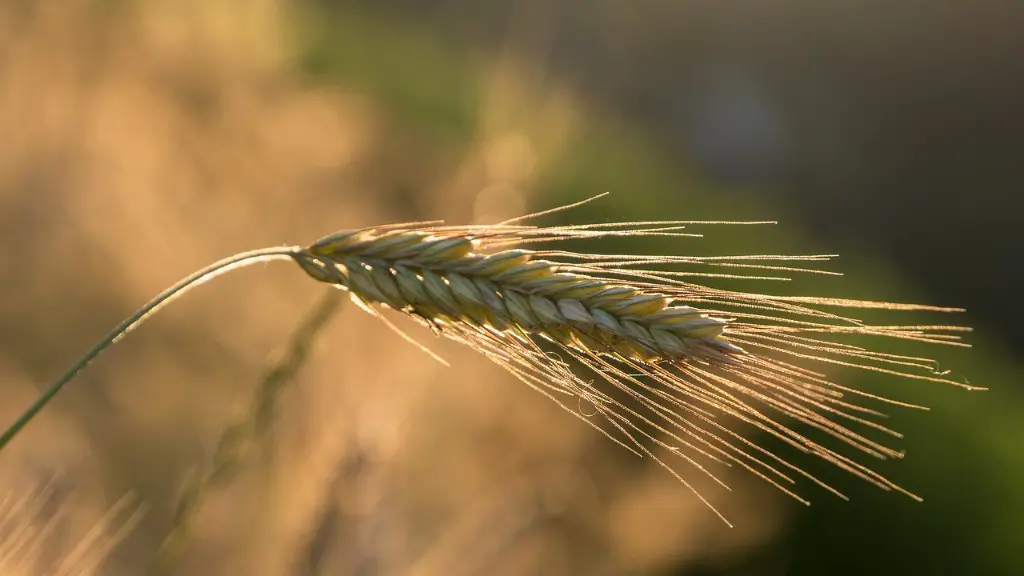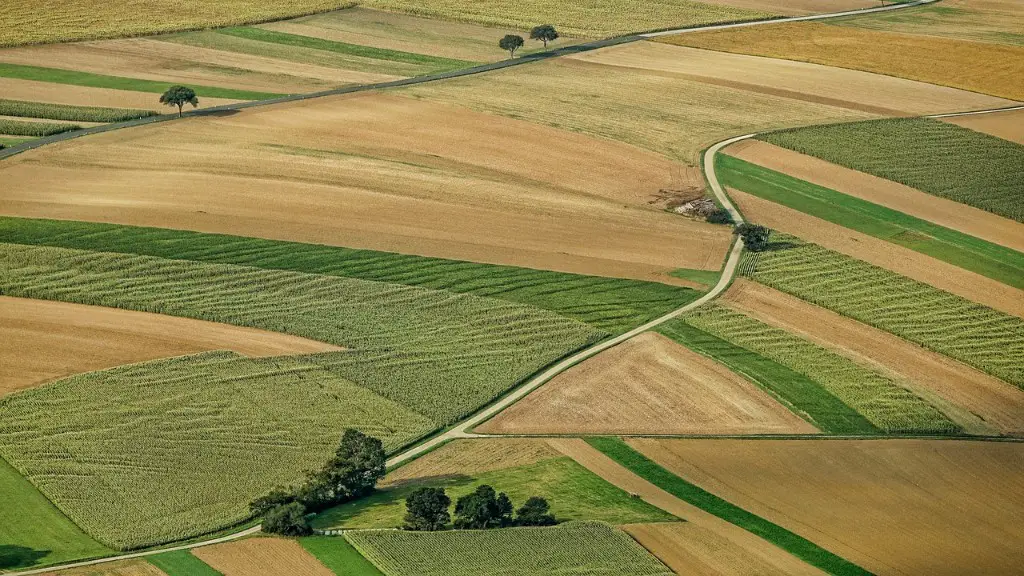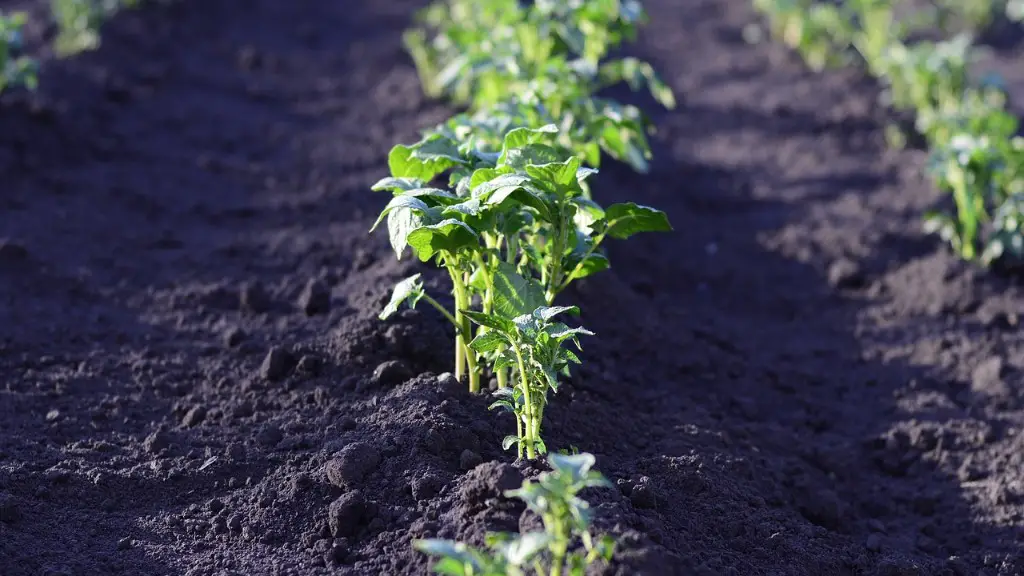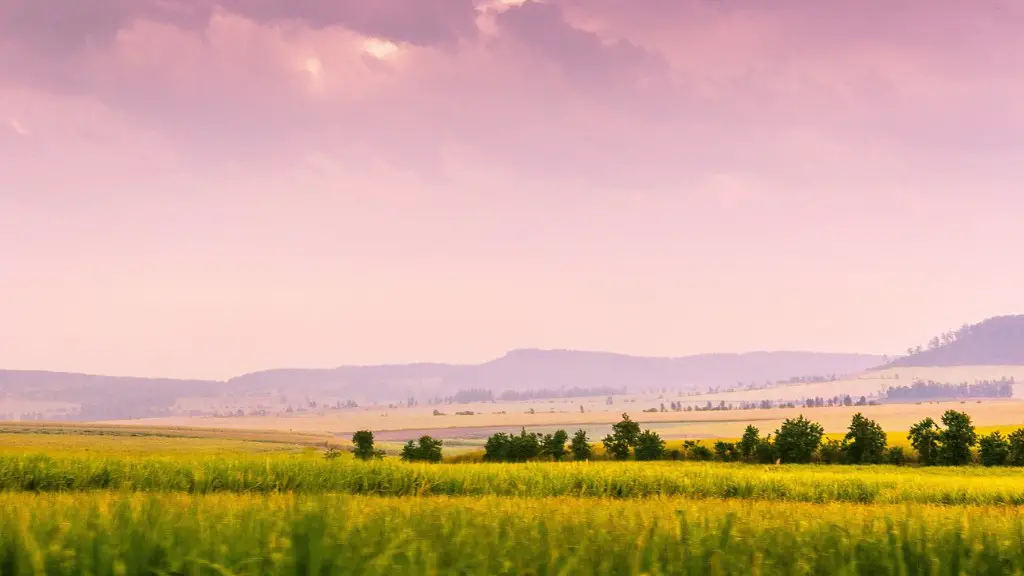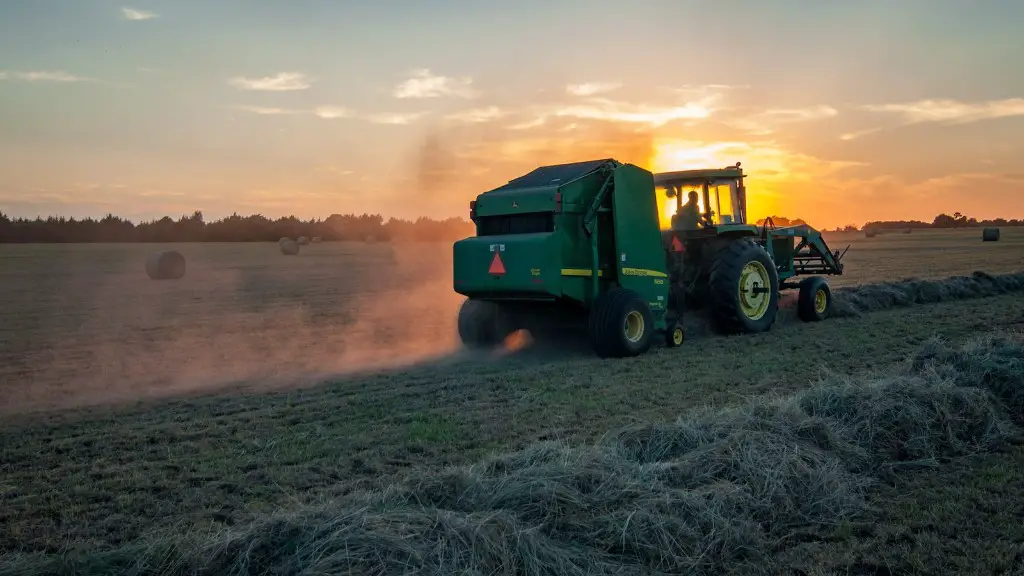The study of agriculture is important for understanding the origins of human civilizations. Agriculture allowed for the domestication of plants and animals, which led to the development of civilizations. The first agriculture likely developed in the Fertile Crescent, an area that includes parts of modern-day Turkey, Iran, Iraq, and Syria. The Fertile Crescent is thought to be where crops were first domesticated, and it is thought that agriculture first developed between 10,000 and 12,000 years ago. Agriculture allowed for the growth of cities and the rise of civilizations. It also allowed for the growth of food surpluses, which allowed for the development of trade and commerce. Agriculture continues to be an important part of the world today, and it plays a vital role in the global economy.
There is evidence that agricultural practices were first developed during the Neolithic era, around 10,000 BCE. There is debate about where exactly this occurred, but it is thought to have arisen independently in several different regions around the world. Agricultural practices allowed for the domestication of plants and animals, which allowed for a more sedentary lifestyle and the growth of civilizations.
Where did agriculture first develop?
The Fertile Crescent is thought to be where agriculture first began, with the first farmers living in the region around 10,000 BCE. The Fertile Crescent is a naturally fertile area with ample rainfall and ample sunlight, which made it an ideal place for early agriculture. The Fertile Crescent was also the home of some of the earliest civilizations, including the Sumerians, Babylonians, and Assyrians.
The earliest agriculture occurred in the eastern Mediterranean (the Levant). It arose in 11 other centers independently around the world. Plant and animal domestication may have arisen to feed the ever-increasing human population.
When was agriculture first developed
Agriculture is one of the most important inventions of the human race. It allowed us to domesticated plants and animals, which led to the development of civilizations. Agriculture allowed us to settle down and build cities, which led to the development of trade and commerce. Agriculture also allowed us to feed larger populations, which led to the development of technology and science.
Egyptians were among the first peoples to practice agriculture on a large scale. They started in the pre-dynastic period from the end of the Paleolithic into the Neolithic, between around 10,000 BC and 4000 BC. This was made possible with the development of basin irrigation.
Where did agriculture first develop in the Americas?
The early history of plant domestication begins in lower Central America and northwestern South America and is known in large part from microfossil evidence. Agriculture led to landscape transformations in the Americas, the scale of which varied across time and place. The earliest evidence for plant domestication in the Americas comes from the site of Ceren, in El Salvador, where microfossils of maize, beans, and squash have been found in association with human remains dating to around 6500 BC. These three plants were the foundation of the diet of many Native American peoples and their domestication had far-reaching effects on the ecology and culture of the Americas.
Farming in the predynastic period was the beginning of the end of the Paleolithic period. This was the time when people started to domesticate plants and animals for food. The main food crops were grains like wheat and barley, but there were also industrial crops like flax and papyrus. In India, wheat, barley and jujube were domesticated by 9,000 BC, and soon after that sheep and goats were domesticated. This was a time of great change for human society, and it led to the development of civilizations.
When did agriculture first appear quizlet?
The earliest known developments of the first agricultural revolution occured in the middle east around 10000 bc. This allowed humans to create permanent settlements, as they no longer needed to nomadically follow their food sources. Agriculture allowed for the domestication of plants and animals, which led to the rise of civilizations. This first agricultural revolution was a major turning point in human history.
There are a few reasons why agriculture arose when it did. People learned how to domesticate plants and animals, which allowed them to have a more reliable food supply. They also developed new ways to gather, process, and store food, which made it easier to keep food fresh and nutritious. Additionally, the climate became more favorable for agriculture, making it possible to grow crops in a wider range of locations.
In what areas of the world did agriculture first develop quizlet
Agriculture first developed in the Middle East, Egypt, India, China, and Mexico, and spread to larger parts of Asia, Europe, Africa, and the Americas within a few thousand years. It is thought that early Agriculture allowed for the domestication of plants and animals, which led to the development of civilizations. Agriculture allowed for the growth of cities and the rise of civilizations. It also allowed for the growth of food surpluses, which allowed for the development of trade and commerce.
Agriculture is the main source of food, clothing, and shelter. It is the backbone of the economy and the livelihood of millions of people around the world.
1. It’s the main source of raw materials: Agriculture is the main source of raw materials for industries such as textile, paper, and leather.
2. It’s important to international trade: Agriculture is a major export sector for many countries. It is the main source of income for millions of farmers and agricultural workers around the world.
3. It plays a big role in a nation’s revenue: Agriculture is one of the largest contributors to a nation’s GDP. In developing countries, agriculture accounts for a significant proportion of government revenue.
4. It provides employment: Agriculture is a major source of employment. In developing countries, it is estimated that agriculture employs more than 60% of the workforce.
5. It’s crucial to a country’s development: Agriculture is essential for the development of a country. It is a major source of food and nutrition, and it plays a key role in poverty reduction.
6. It can help heal the environment: Agriculture can help heal the environment by providing food security and by sequestering carbon.
7
What is agricultural development and why is it important?
Agricultural development is incredibly beneficial for rural populations and developing countries. It helps with planting crops, harvesting, and processing food for safer conditions. Additionally, over 70% of the population in rural or developing areas depend on agriculture as a source of income. Therefore, food security is paramount to keeping agricultural development maintained and profitable.
The onset of the Holocene 10,000 years ago may have been one of the reasons why agriculture began independently at this time. The reasons for this is that the warmer wetter conditions and higher CO2 levels were more favourable for plant growth during this time (Childe 1951, Sage 1995).
When did agriculture begin in Mesopotamia
The land around the Tigris and Euphrates was ideal for farming due to the regular flooding which made the soil fertile. This made it a perfect location for the Neolithic Revolution, or Agricultural Revolution, to take place around 12,000 years ago. This event transformed the way humankind lived, by moving from a hunter-gatherer society to one that relied on agriculture for food. This change had a profound impact on the development of civilization.
The discovery of agriculture was a pivotal moment in human history. It marked the transition from a nomadic, hunter-gatherer lifestyle to a settled, agrarian one. Agriculture allowed for the development of civilizations and the growth of cities and towns. It also opened up new possibilities for survival, as it provided a steady food supply. Agriculture made it possible for people to live in one place and to build up civilizations. Today, agriculture is still a vital part of human society, and it continues to play a crucial role in our survival.
When and where was agriculture first recorded?
New discoveries, however, suggest that farming may have actually originated much earlier, as far back as 23,000 years ago. This is based on the findings of a new study which analyzed the chemical composition of artifacts from a Stone Age site in the Levant.
The Neolithic Revolution is the era in which human beings first began to domesticate plants and animals and to practice agriculture. This was a major turning point in human history, as it led to the development of civilizations and the rise of cities. The Neolithic Revolution began around 12,000 years ago, and it was a gradual process that took place over several thousand years.
Final Words
The first agricultural societies developed in the Fertile Crescent region of the Middle East around 10,000 BC. The Fertile Crescent has ample rainfall and ample sunlight, which made it an ideal place for early agriculture. Agriculture allowed for the domestication of plants and animals, which led to the development of civilizations.
The origins of agriculture can be traced back to several different regions around the world. The most likely place of origin for crops like wheat and barley is the Fertile Crescent of the Middle East, while rice is thought to have originated in China. Agriculture first began to develop around 10,000-12,000 years ago, during the last Ice Age. The Ice Age created a period of extreme weather conditions that made it difficult for people to survive without some form of food production. Agriculture allowed people to settle in one place and to food to survive.
